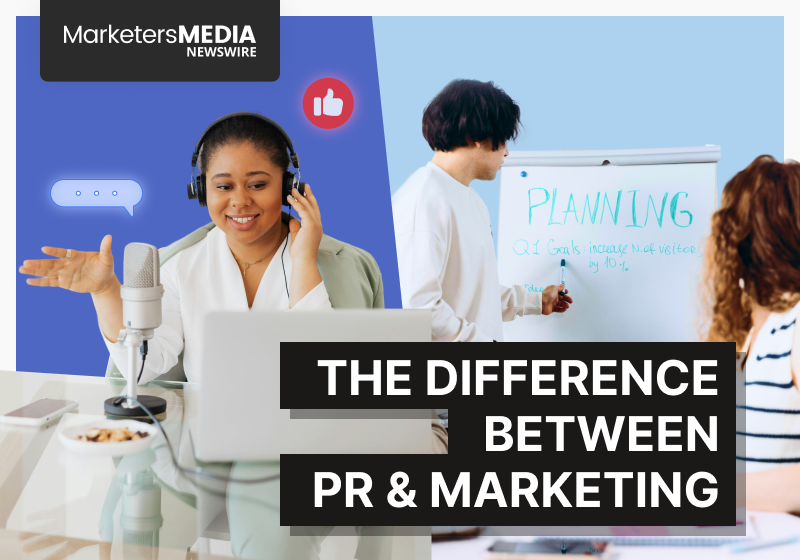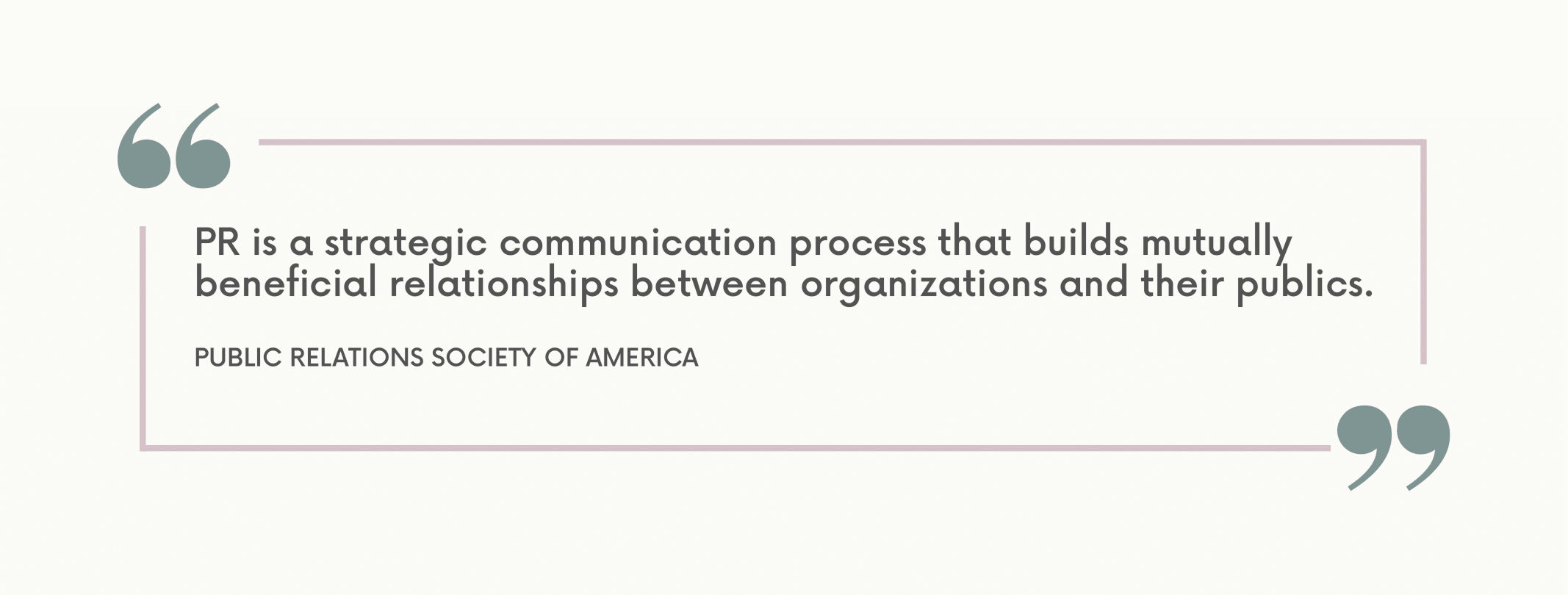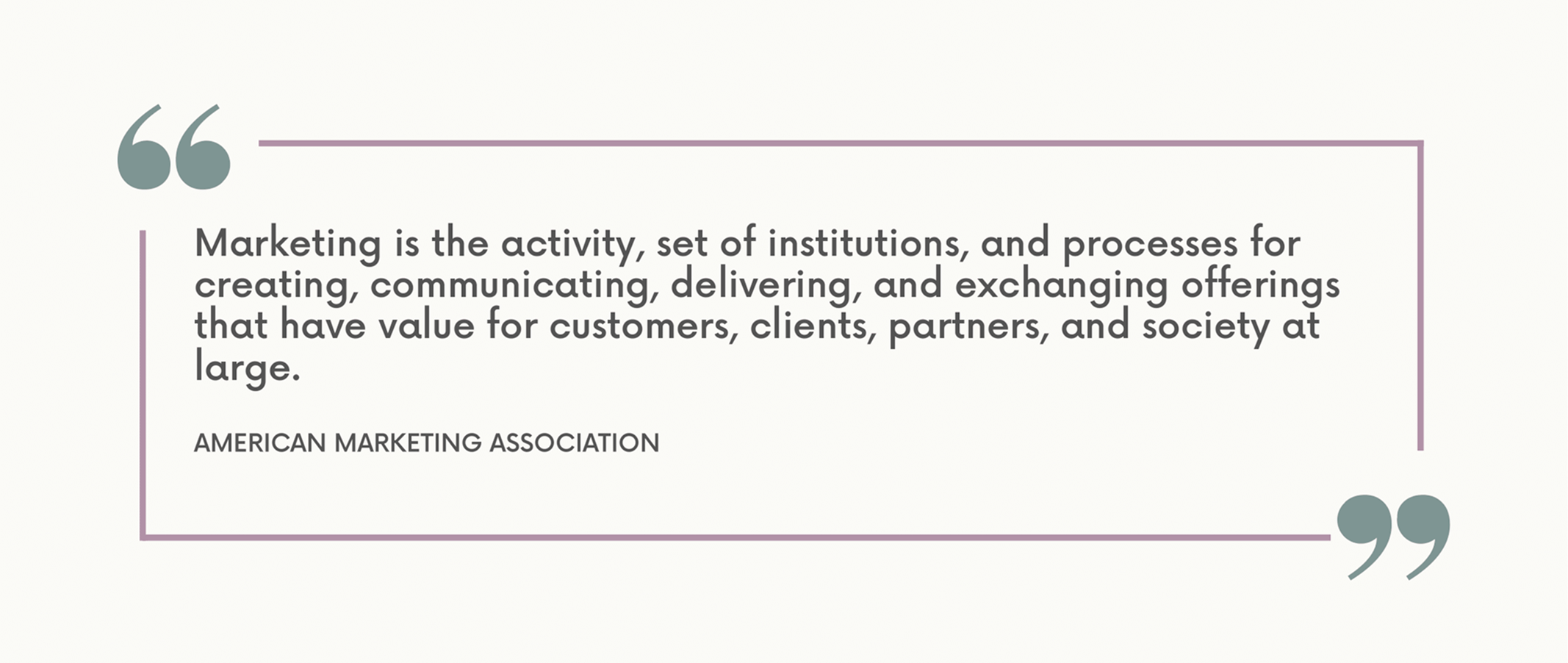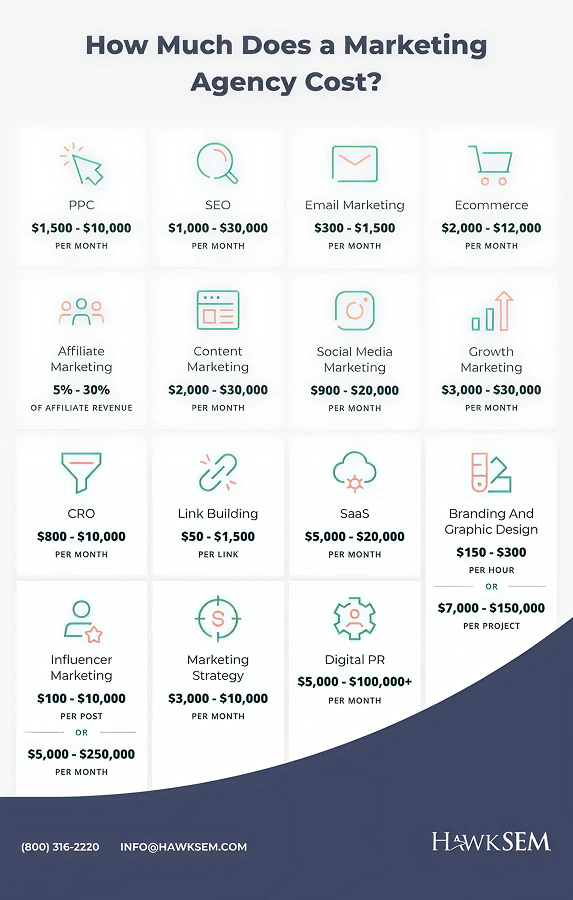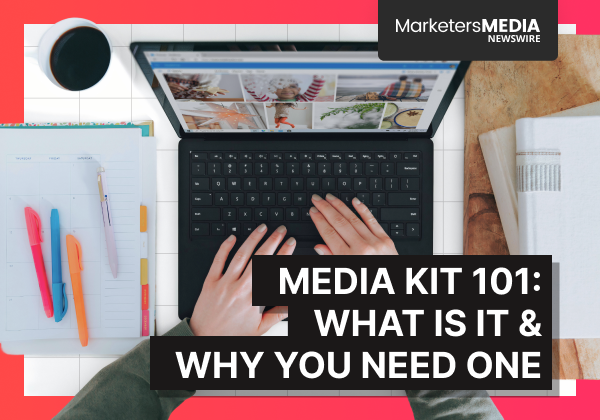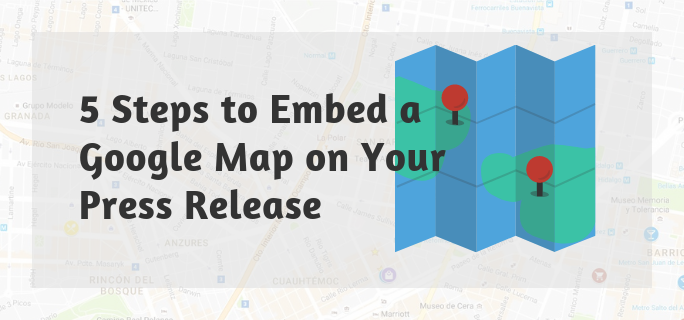Business owners constantly face the challenge of building brand awareness while driving sales.
That’s where two critical functions come in: public relations (PR) and marketing.
They might seem similar, but they serve very different goals and use different methods to get results.
Misallocating resources between PR and marketing can mean missed opportunities, wasted budgets, and frustrated customers who receive mixed messages about your brand.
So what exactly separates these two functions? Let's break down each one to see how they work and why that matters for your business.
What Is Public Relations
Public relations centers on reputation management and relationship building.
Think of PR as your brand's reputation guardian. It focuses on what people think and say about your business when you're not in the room.
PR professionals focus on shaping public perception through earned media coverage, crisis management, and stakeholder engagement. They work to build trust and credibility over time, creating a positive brand image that serves as the foundation for all other business activities.
Key PR activities include:
- Writing and distributing press releases
- Pitching stories to journalists and media outlets
- Managing crisis communications
- Building relationships with influencers and thought leaders
- Creating thought leadership PR content that positions executives as industry experts
- Organizing events and community engagement initiatives
The primary goal isn't immediate sales—it's building long-term trust and credibility that makes future sales easier and more sustainable.
What Is Marketing
Now let's look at marketing, which takes a more direct approach to business growth.
Simply put, marketing exists to generate consumer interest and drive sales. Every marketing activity aims to move prospects closer to making a purchase decision.
Core marketing activities include:
- Creating and managing advertising campaigns
- Developing promotional content and offers through various types of digital marketing
- Conducting market research to understand customer behavior
- Optimizing websites for search engines (SEO)
- Managing social media channels for customer acquisition
- Running email marketing campaigns
- Analyzing campaign performance and conversion rates
Marketing success gets measured through concrete metrics like sales figures, lead generation, and return on investment.
Key Differences Between PR and Marketing
1. Goals and Objectives
PR Goal: Build trust, manage reputation, and foster positive relationships with stakeholders.
Marketing Goal: Drive sales, generate leads, and increase revenue through direct promotion.
This fundamental difference shapes every decision these departments make. PR professionals ask, "How will this impact our reputation?" Marketing professionals ask, "How will this drive conversions?"
2. Target Audiences
PR Audience: Broad stakeholder groups including media professionals, investors, employees, community members, regulatory agencies, and the general public.
Marketing Audience: Current and potential customers—people most likely to buy your products or services.
PR casts a wider net because reputation affects multiple stakeholder relationships. Marketing focuses laser-sharp attention on prospects who can become paying customers.
3. Media Types and Messaging
PR Media: Earned media (news articles, organic social mentions) and owned media (company blogs, press releases). Messages use a "soft sell" approach focused on storytelling and credibility building.
Marketing Media: Paid media (advertisements, sponsored content, promotions). Messages include direct calls-to-action designed to prompt immediate responses.
Earned media carries what experts call an "authenticity premium"—people trust third-party coverage more than paid advertisements. This makes PR coverage potentially more valuable per impression, though harder to control and predict.
4. Measurement and Metrics
PR Metrics: Brand sentiment, media coverage volume and quality, social media engagement, website traffic spikes from earned media, and share of voice compared to competitors.
Marketing Metrics: Conversion rates, cost per acquisition, customer lifetime value, sales revenue, and direct return on investment.
PR measurement tends to be more qualitative and long-term focused. Marketing measurement is typically quantitative and immediate.
5. Time Horizons
PR Timeline: Long-term strategy building sustainable trust and brand loyalty over months and years.
Marketing Timeline: Often designed for immediate results with campaigns that deliver quick wins and measurable sales boosts.
This difference affects everything from budget allocation to performance expectations. PR requires patience for results to compound over time.
PR vs Marketing at a Glance
| Category | Public Relations (PR) | Marketing |
|---|---|---|
| Primary Goal | Build trust & reputation, manage public image | Drive sales & leads, increase revenue |
| Target Audience | Media, investors, employees, general public, stakeholders | Current & potential customers/prospects |
| Media Type | Earned/Owned media (news articles, organic social) | Paid media (ads, sponsored content, promotions) |
| Messaging Approach | Soft sell, storytelling, relationship-based | Direct, promotional, clear calls-to-action |
| Success Metrics | Brand sentiment, media coverage, social engagement | Sales, conversions, ROI, lead generation |
| Timeline | Long-term credibility & loyalty building | Short-term results & immediate action |
When to Prioritize PR vs Marketing
Given these differences, how do you decide which function deserves more attention and budget?
The choice between emphasizing PR or marketing depends on your business stage and current needs.
Choose PR when:
- You're launching a new business and need to build initial credibility
- Your industry requires high trust (healthcare, finance, legal services)
- You're recovering from a crisis or negative publicity
- You're entering a new market where reputation matters
- Your competitors dominate paid advertising channels
Choose Marketing when:
- You have an established product with proven market fit
- You need rapid growth and have budget for paid advertising
- Your sales cycle is short and direct response works well
- You're launching time-sensitive promotions or seasonal campaigns
- You have clear conversion metrics and profitable customer acquisition costs
The reality: Most successful businesses need both, but the emphasis shifts based on circumstances and growth stages.
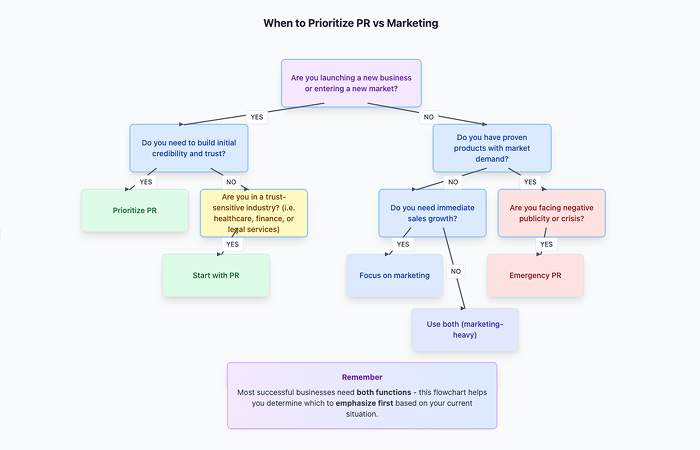
How Much Should You Budget for PR vs Marketing
Once you understand which function to prioritize, the next question becomes: how much should you spend?
For startups, experts recommend allocating 1-3% of total revenue to PR, with some suggesting up to 4-5% for combined marketing and PR efforts. Established companies often spend 10-15% or more of their profit on PR activities.
Marketing agency costs typically range from $1,500 to $10,000 per month, with an average of $3,500, depending on services and scope. PR can be more cost-effective when executed correctly, as earned media delivers results at a fraction of the cost of paid advertising.
The key is flexibility—adjust your allocation based on what's working and what your business needs most at its current stage.
Common Mistakes That Hurt Both Functions
Treating them as competitors rather than partners. PR and marketing work best when they support each other with consistent messaging and shared goals.
Expecting immediate results from PR. Unlike marketing campaigns that can show quick wins, PR builds value over time through relationship development and trust building.
Ignoring measurement entirely. Both functions need clear metrics, even if PR metrics are less direct than marketing conversion rates.
Using the same message for both functions. PR messages should inform and build credibility, while marketing messages should persuade and convert.
Cutting PR during tough times. When budgets get tight, businesses often cut PR first, but this is when reputation management becomes most critical.
How PR and Marketing Work Together
The most effective approach integrates both functions into a unified communication strategy.
PR creates the foundation of trust and credibility that makes marketing more effective. Marketing amplifies PR successes and turns earned media attention into measurable business results.
Think of it as a funnel: PR operates at the top, building awareness and trust. Marketing operates throughout the funnel, converting that trust into leads and sales.
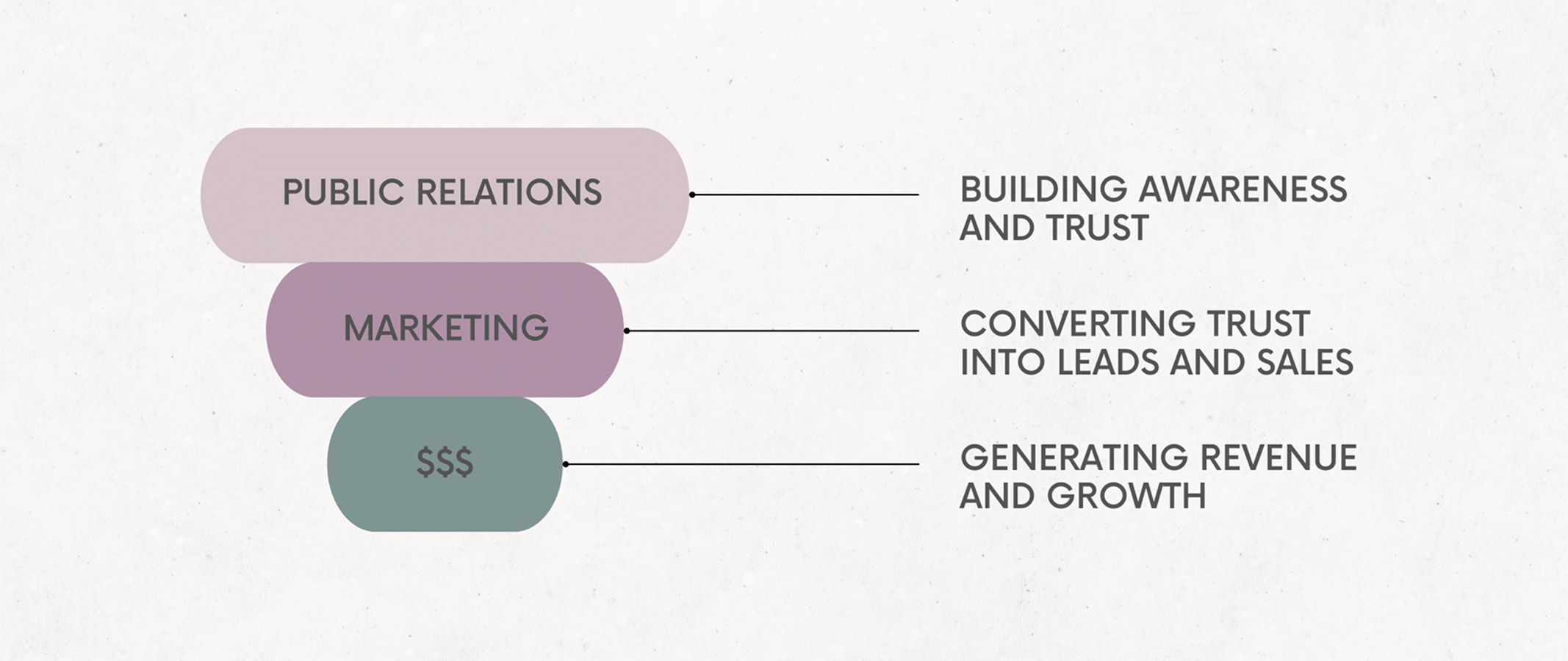
For businesses seeking comprehensive communication support, services like MarketersMEDIA Newswire provide global distribution capabilities, reaching 570+ media outlets across 160 countries with guaranteed pickup—combining the credibility of earned media with the reach traditionally associated with paid advertising.
Making the Right Choice for Your Business
So how do you apply all this information to your specific situation?
Start by honestly assessing your current situation:
- How much do people trust your brand?
- Do you have proven products that convert well?
- What's your primary business goal right now—credibility or sales?
- How much budget and time do you have to work with?
If you're new or rebuilding trust, prioritize PR to establish credibility first. If you have strong brand recognition and proven products, marketing can drive immediate growth.
Most importantly, view PR and marketing as complementary forces rather than competing options. The businesses that thrive long-term use both strategically, adjusting the emphasis based on their evolving needs and market conditions.
For those interested in how to get into public relations, understanding these distinctions and developing core PR skills like relationship building, crisis management, and strategic communication will be essential.
Similarly, mastering various types of marketing helps professionals create more effective integrated marketing communication strategies.
Your communication strategy should build trust while driving sales, create authentic relationships while optimizing conversions, and establish long-term credibility while delivering short-term results.
That's the power of understanding—and properly utilizing—both PR and marketing.
Free Press Release Template
Tell us where to send your PDF:
